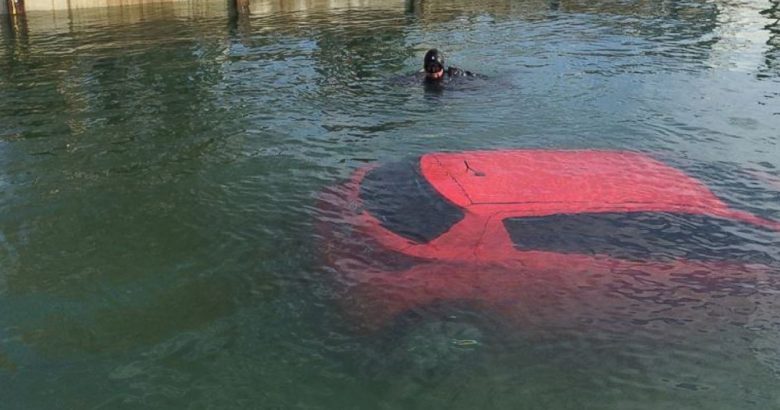
If you have water getting into your car, you need to deal with it as soon as you can. Water that remains too long in a car’s passenger compartment can grow mold and soon start to smell bad. And, i it lands on wiring under the dash or under the hood, it can be a real mess as it could corrode pin connectors, fuse modules and wire terminations.
Where to look
The first sign of a leak into a car or truck is usually a wet carpet. You will likely see the water pooling up somewhere but in some cases, you might actually smell the mold first. Great, but where is it coming from? In many cases, finding the source of the leak isn’t obvious which can result in some determined detective work.
Two categories
It is important to note that leaks into the passenger compartment of a car can be lumped into two categories: water that comes from external sources and water that comes from internal sources. In first case, the general troubleshooting technique is to allow the car to dry out completely, close all the windows and hose the car down with a garden hose for a few minutes. With a little luck, when you go back inside the car, you will see a few drops of water dripping from somewhere; that will reveal where it’s getting in.
Outside the Car
Leaking Windshield – According to our subject matter expert on this article, Waldorf Dodge of Waldorf, a Local Chrysler, Dodge, Jeep, Ram dealer in Waldorf, MD, the number one cause of a water leak in a car is the poor installation of the windshield. If you have had a windshield replaced recently, this is a strong possibility. Unfortunately, some companies perform quick work without proper preparation. If a professional company replaced the windshield, it is far less likely to be a windshield leak.
Leaking Body Seams – Body seams are the second major cause of water leaking in your car. Seams that weren’t properly sealed at the factory, or seams that were broken open by an accident, can cause a mystery water leak.
Trunk Leaks – A foul, moldy smell in the trunk may result from water getting in around the taillights or the trunk lid. In many cases, it is the rubber seal along the edge of the trunk lid that has become unglued.
Leaking Sunroof: Sunroofs are notorious for leaking. There are two mechanisms that can cause this: a leaking perimeter seal and/or clogged drains. The perimeter seal is the rubber gasket that surrounds the movable part of a sunroof. Needless to say, if it is rotted or damaged, water is going to leak into your car. Sunroofs almost always have a built-in perimeter tray with four drains, one in each corner of the sunroof. Sometimes the drain tubes become disconnected or clogged and this will cause water to leak into the car. Locating the drains and checking them for proper drainage can take some time because they are usually buried in fenders and body panels, but it’s time well spent. A shortcut to locating the drains is to fill the sunroof tray with water and watch where it goes when it drains. It will usually spill out in the front and the rear of the rocker panels.
Inside of the Car
Some leaks into the passenger compartment happen when it hasn’t even been raining; they involve fluids created by the car’s cooling or heating systems.
Clogged Air Conditioner Drain – When air conditioners cool down hot, humid air, they take the humidity out and end up collecting a lot of water. This water is allowed to drain through rubber tubes that exit under the car. If you haven’t had any rain lately, and you have water leaking onto the passenger’s floor, check your air conditioner drain or evaporator drain. It may be clogged or disconnected. Debris gets sucked into the evaporator from outside and occasionally will clog the drain tube. A temporary quick fix for this problem is blowing compressed air into the drain tube located under the car.
Leaking Heater Core – Another possible cause of wet carpet, especially in the front of the car, when it hasn’t been raining, is a leak from the heater core. Car heaters circulate coolant through the dashboard area to heat the car, and if the heater core springs a leak, coolant can drip onto the floor. Unfortunately, this is the worst kind of leak to have because heating cores are typically very difficult to get to and thus can cost a lot of money to repair.